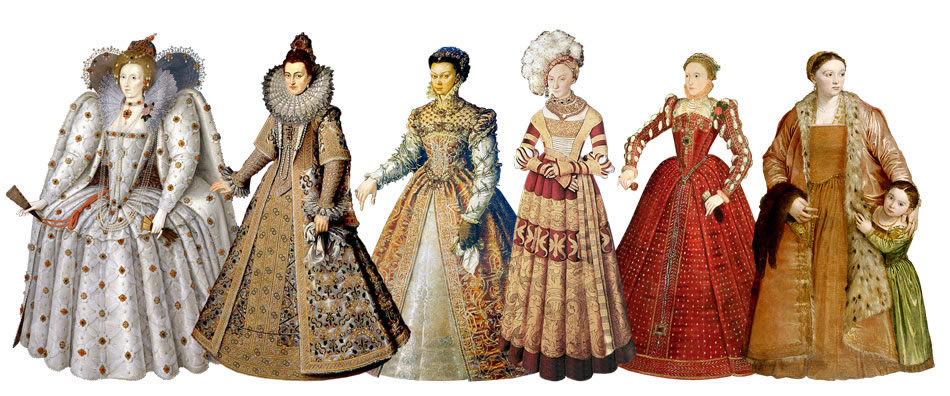Womens clothing what are you history
Why women’s clothing sizes don’t make sense, time: 4:31
History of clothing and textiles
Women's Clothes in the 16th Century.In the 16th century buttons were usually for decoration.Clothes were held together with laces or pins.Furs in Tudor times included cat, rabbit, beaver, bear, badger and polecat.The Tudors used mostly vegetable dyes such as .
Evidence suggests that humans may have begun wearing clothing as far back astoyears ago.Lack of money during the Great Depression affected everyday clothes, but Hollywood was an escape from harsh realities.Womens clothing what are you history Women's clothing and accessories Originally Greek women wore a peplos.From women wore hobble skirts.Retrieved 16 August Timeline of clothing and fashion.
But embroidered decoration was probably very widespread, though not usually detectable in art.The tubular dresses of the earlier part of the century had evolved into a similar silhouette that now sported shorter skirts with pleats, gathers, or slits to allow motion.It became common in the s.Different classes of Aztecs wore different clothes.Women held their dresses with a belt tied around their waists.Greek Women did not cut their hair unless they were mourning.
Plus-size clothing
The following periods were the Asuka to AD and Nara to AD when Japan developed a more unified government and began to use Chinese laws and social rankings.Life timeline and Nature timeline.Clothing production, on the other hand, continued to be made by hand.In early modern Europe , there was significant demand for textiles from Mughal India, including cotton textiles and silk products.Working women wore a linen apron.However, historians and archaeologists have managed to piece together some bits of information from clues found in sculptures and figurines.

The great flowering of needlelace occurred in this period.A long cloak called a himation was worn over the peplos or chlamys.Rich women carried parasols to protect them from the sun.Opened in and based in the Midlands, they are global suppliers of all plus size women's apparel.An improved version was patented in by Gideon Sundback.Bobbin lace arose from passementerie in the midth century, probably in Flanders.

A brief history of women's education.Other early examples of needles dating from 41,, years ago are found in multiple locations, e.Poor people often wore brown, yellow or blue.Retrieved 8 May Abul Fazal mentions that there were sixteen components that adorned a woman.From women wore hobble skirts.